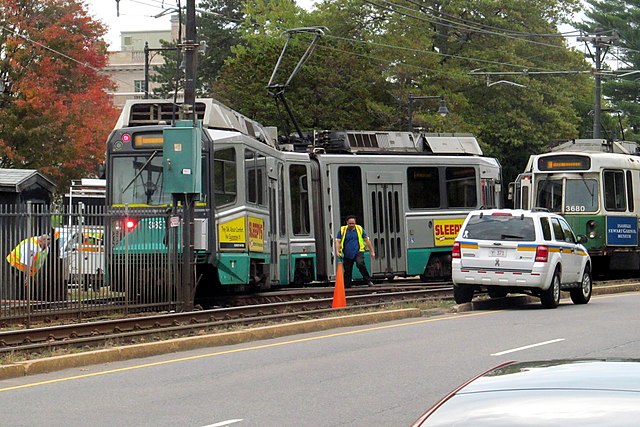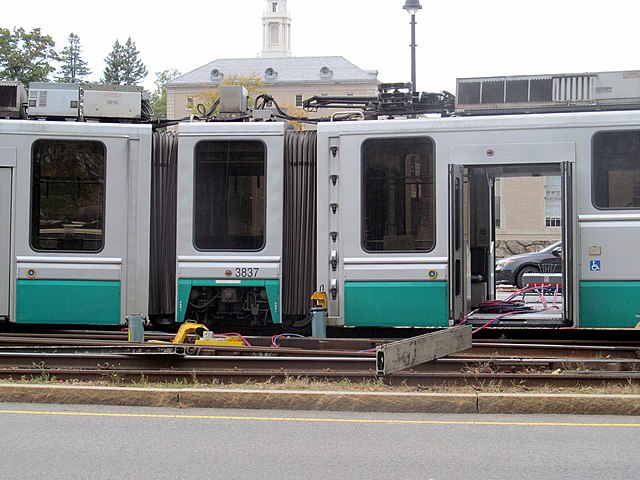whighlander
Senior Member
- Joined
- Aug 14, 2006
- Messages
- 7,812
- Reaction score
- 647
Ah, ITDP rises from the moat once more.
That's not an MIT group...that's a BRT lobby astroturf group (how early-aughts retro!) funded by political thinktanks. They've tapped MIT for some of their data analysis...but it is not an MIT effort. It's also not new. Their methodology has been thoroughly debunked for using very fuzzy math and arbitrary assumptions. Some of Ari's blog posts on the subject: https://amateurplanner.blogspot.com/search/label/ITDP.
This is somebody's version of reality. But it doesn't correspond very well to empirical reality.
F-line -- Thank's for cleaning up the complex nature of the connections -- as there is an MIT group whose work is involved at least peripherally [see for example page 11 of Appendix A]
Appendix A: ITDP Results of Corridor 9 Modeling
The results show that once the projected shift of passengers from current rail passengers are included, the Western section of Corridor 9 north of the Charles River, whether it takes the Massachusetts Avenue Bridge or the Boston University Bridge, would rank 9th or 10th using our corridor ranking process based purely on opening year projected passengers per peak hour per direction (i.e., increasing all corridors by 30% to match opening year demand on Corridor 9)......
With a baseline scenario calibrated to existing demand conditions, the remaining piece of the analysis was to model the expected shifting demand from T lines. To forecast this demand on a future Corridor 9 BRT we used MIT’s model results for the West Ring corridor scenario. The West Ring corridor used is shown in the following picture.
F-line -- you make a good point about empirical reality -- the report admits to adjusting some of the numbers to make the projections of some of the model runs agree more with the measured data from the T and the result of passenger use surveys
Despite agreement with F-Line on these points -- I still think that the key takeaway is that the work was quite thorough and it was was funded by the left-leaning Barr Foundation --not a group skeptical of Transit pitches such as Pioneer




